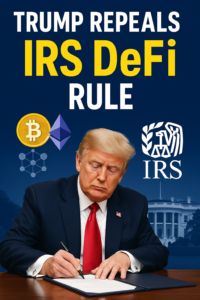Meme coins, cryptocurrencies inspired by internet memes and cultural phenomena, have become a prominent feature in the digital asset landscape. While they attract significant attention and investment, their proliferation raises concerns about their impact on the credibility and stability of the broader cryptocurrency ecosystem.
The Genesis of Meme Coins: Dogecoin’s Emergence
The concept of meme coins began with Dogecoin in 2013. Created by software engineers Billy Markus and Jackson Palmer, Dogecoin started as a light-hearted project featuring the Shiba Inu dog from the “Doge” meme. Its primary purpose was to satirize the speculative nature of cryptocurrencies at the time. Despite its humorous origins, Dogecoin cultivated a dedicated community and achieved a substantial market capitalization, largely due to its active online presence and charitable initiatives.
The Evolution: From Community-Driven Projects to Celebrity Endorsements
In contrast to early meme coins like Dogecoin, which were community-driven and emphasized fun and inclusivity, the recent wave of meme coins often centers around celebrity endorsements and personal branding. Notable figures, including former U.S. President Donald Trump and his wife Melania, have launched their own meme coins, such as $TRUMP and $Melania. These coins experienced initial surges in value, driven by the celebrities’ substantial followings. However, they also faced significant volatility and raised ethical questions about potential conflicts of interest and the blending of personal financial gain with public influence.
The Detrimental Impact on the Cryptocurrency Ecosystem
The rise of meme coins, particularly those lacking intrinsic value or utility, poses several challenges to the cryptocurrency industry:
• Market Volatility and Investor Risk: Meme coins are often subject to extreme price fluctuations, primarily driven by social media hype and speculative trading. This volatility can lead to significant financial losses for uninformed investors who may be enticed by the prospect of quick profits.
• Erosion of Credibility: The prevalence of meme coins with little to no practical application can undermine the legitimacy of the broader cryptocurrency market. The focus shifts from technological innovation and real-world problem-solving to speculative gambling, deterring serious investors and stakeholders.
• Regulatory Scrutiny: The speculative nature and potential for fraudulent schemes associated with meme coins attract regulatory attention. Authorities may impose stricter regulations on the entire cryptocurrency sector in response to high-profile scams and market manipulation cases, potentially stifling innovation and growth.
Conclusion
While meme coins have introduced a novel and engaging dimension to the cryptocurrency world, their evolution from community-centric projects to celebrity-endorsed ventures raises critical concerns. The speculative frenzy surrounding many of these tokens can destabilize markets, erode trust, and invite regulatory crackdowns. For the cryptocurrency ecosystem to mature and achieve sustainable growth, a renewed emphasis on projects with genuine utility, transparency, and technological advancement is essential.







